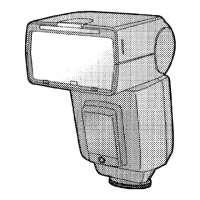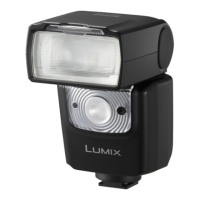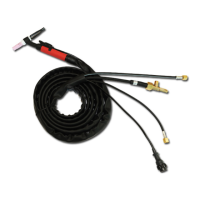What to do if [ISO] and [F] are flashing on my Panasonic DMW-FL500?
- Sseth83Aug 14, 2025
If [ISO] and [F] are flashing, or the numbers for the ISO sensitivity and aperture are flashing, it means that the ISO sensitivity and aperture of the digital camera are outside the flash working range. To fix this, change the ISO sensitivity and aperture of the digital camera.




